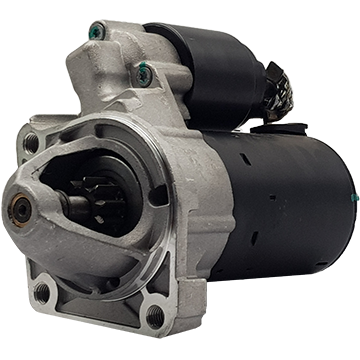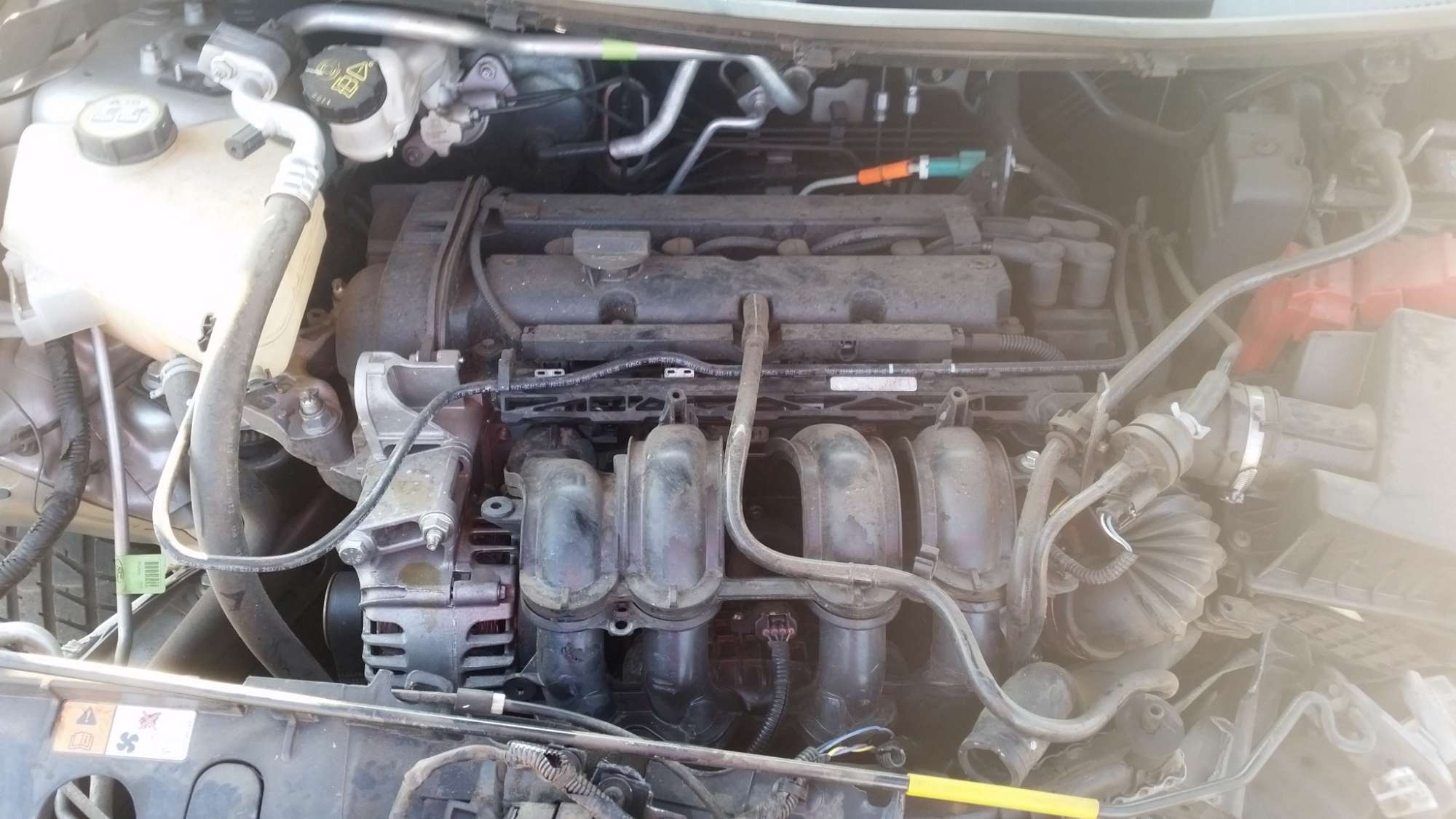The Future of Engines: Advancements Driving Sustainable Power Solutions
As the automotive industry navigates the crucial change towards sustainability, the future of engines is progressively defined by groundbreaking innovations. Electric engine developments, alongside appealing growths in hydrogen gas cells and biofuels, are reshaping the landscape of power options. The introduction of crossbreed systems additionally complicates this development, presenting both opportunities and challenges to reduce exhausts efficiently. Combined with the combination of artificial knowledge in engine design, these technical strides raise critical concerns about their lasting practicality and effect on typical paradigms. What might this suggest for the industry and customers alike?
Electric Engine Developments
The development of electric engine advancements signifies a crucial change in the automobile and aerospace markets, driven by the immediate need for lasting alternatives to fossil gas. This shift is characterized by significant innovations in battery innovation, power electronics, and electrical motor style, which collectively improve the effectiveness and performance of electric engines.
Current advancements have caused the production of lighter, more energy-dense batteries, such as lithium-silicon and solid-state batteries, which promise longer varieties and much shorter billing times. Furthermore, renovations in electric motor effectiveness, such as using irreversible magnets and advanced cooling systems, make it possible for electric engines to run efficiently under varying problems. These enhancements not just enhance lorry performance however additionally add to a decrease in total energy consumption.
Additionally, the integration of advanced software program algorithms has maximized energy administration in electrical cars, permitting regenerative stopping and predictive billing methods. As makers progressively welcome electric propulsion, the aerospace and vehicle sectors are witnessing a paradigm change towards greener modern technologies. This development not just meets governing demands but additionally lines up with consumer preferences for eco-friendly transport solutions, strengthening electrical engines as a foundation of future lasting wheelchair.
Improvements in Biofuels
As the vehicle and aerospace sectors increasingly focus on lasting power resources, innovations in biofuels become a complementary option to electrical engines. Biofuels, stemmed from organic products such as crops, waste, and algae, present a cutting-edge method for minimizing greenhouse gas exhausts and dependence on nonrenewable fuel sources.
Recent research has focused on improving the effectiveness and sustainability of biofuel manufacturing. Second-generation biofuels use non-food feedstocks, decreasing competitors with food supply and decreasing environmental impact. Advancements in artificial biology have actually allowed the design of microorganisms to generate biofuels more successfully, leading to higher returns and lower production costs.
Furthermore, the growth of drop-in biofuels permits smooth integration into existing infrastructure, enabling a smoother shift for industries traditionally based on fossil gas. ford fiesta engine. These fuels can be used in present engines without alterations, facilitating their fostering throughout numerous markets
Investments in biofuel innovation, along with helpful policies, are important to drive development and scalability. As the worldwide community looks for to deal with climate change, biofuels supply a pragmatic, instant service that lines up with the overarching objective of sustainability in transport and aeronautics.
Hydrogen Gas Cell Modern Technology
A growing number of scientists and companies are discovering hydrogen gas cell technology as a sensible option to conventional power resources in transport and energy systems. This modern technology converts chemical energy from hydrogen right into electricity with an electrochemical response, with water as the only result, making it an eco-friendly option.
The core of hydrogen fuel cells is the gas cell stack, where hydrogen particles are divided right into electrons and protons. The circulation of electrons generates electrical power, while protons relocate through a membrane layer to incorporate with oxygen from the air, forming water. This process causes high effectiveness and low emissions, positioning hydrogen fuel cells as a crucial player in the transition to sustainable power.
Considerable improvements have been made in boosting the sturdiness and effectiveness of gas cells, alongside lowering prices via cutting-edge manufacturing techniques. Additionally, the growth of hydrogen manufacturing techniques, such as electrolysis powered by renewable resource sources, improves the sustainability of the total system. As facilities for hydrogen refueling expands and production approaches become extra effective, hydrogen gas cell modern technology holds wonderful promise for decarbonizing different industries, consisting of sturdy transport and stationary power generation.
Crossbreed Systems and Their Influence
Crossbreed systems represent a substantial development in sustainable engine technology, merging traditional internal combustion engines with electrical propulsion to optimize energy effectiveness and minimize discharges (ford fiesta engine). This dual method permits vehicles to make use of both source of power, allowing higher flexibility in power consumption and reducing reliance on nonrenewable fuel sources

In enhancement to ecological benefits, hybrid systems supply consumers a sensible shift in the direction of fully electrical automobiles. They minimize range anxiousness by combining the comfort of fuel with the benefits of electrical propulsion, making them an eye-catching alternative for a wider audience.
The Function of AI in Engine Layout
Leveraging innovative algorithms and equipment discovering strategies, the auto market is increasingly incorporating man-made intelligence (AI) right into engine design procedures. AI enhances the performance and effectiveness of style by assessing vast datasets to identify optimal arrangements and efficiency parameters. This capacity enables engineers to simulate different operating conditions and anticipate engine actions under numerous circumstances, considerably minimizing the moment and price associated with typical prototyping methods.
Additionally, AI facilitates the advancement of sophisticated materials and burning processes customized for sustainability. By enhancing fuel efficiency and lessening exhausts, AI-driven layouts align with international initiatives focused on reducing the carbon impact of vehicle engines. Artificial intelligence algorithms can likewise predict maintenance needs, resulting in enhanced reliability and long life of engine components.
Furthermore, AI contributes in the assimilation of electrification technologies, such as hybrid systems, where it can optimize battery monitoring and energy healing procedures. As the market relocates in the direction of even more sustainable power remedies, the function of AI in engine layout ends up being increasingly important, driving development and improving the performance of future engines. Ultimately, the collaboration in between AI and engine layout advertises a new age of smarter, cleaner, and extra effective automobile technologies.

Final Thought
In final thought, the future of engines is being shaped by a merging of ingenious innovations that focus on sustainability. Electric engine developments, biofuel advancements, hydrogen fuel cells, and crossbreed systems collectively add to a considerable reduction in exhausts image source and environmental influence.
Electric engine advancements, alongside appealing advancements in hydrogen gas cells and biofuels, are improving the landscape of power options. Additionally, enhancements in electrical motor performance, such as the usage of irreversible magnets and progressed cooling down systems, make it possible for electric engines to operate effectively under varying problems. By maximizing fuel effectiveness and lessening emissions, AI-driven designs straighten with international campaigns intended at reducing the carbon redirected here footprint of automotive engines. As the industry relocates in the direction of more sustainable power solutions, the duty of AI in engine design comes to be significantly crucial, driving technology and boosting the performance of future engines. Electric engine innovations, biofuel growths, hydrogen fuel cells, and hybrid systems jointly contribute to a substantial decrease in exhausts and environmental effect.
Comments on “Why Regular Maintenance of Your Ford Fiesta Engine Is Essential”